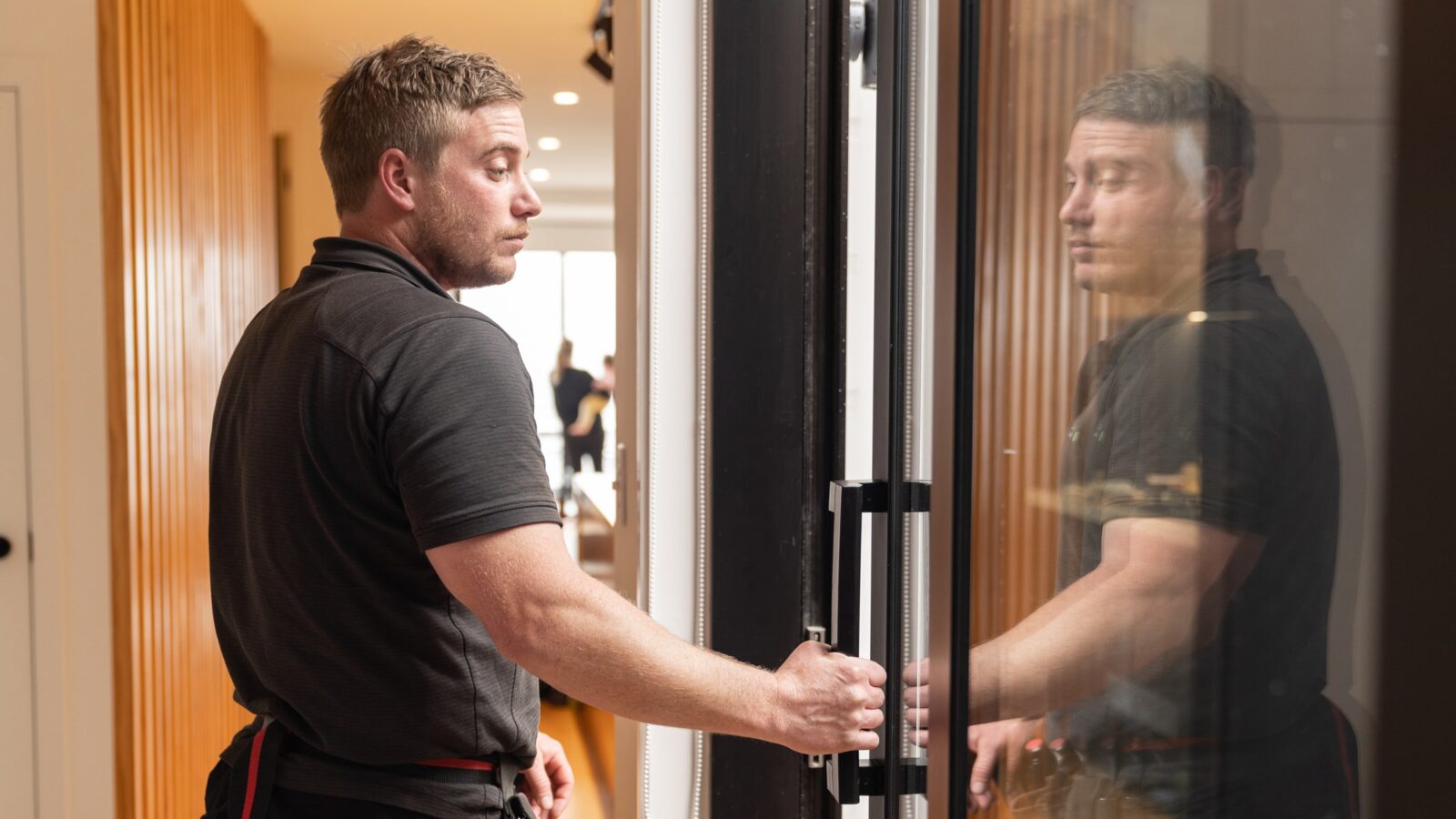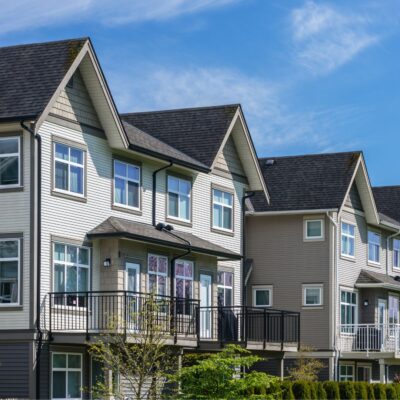Article
Eras of Homes in New Zealand – Tips to Check For

Villas and Bungalows
Villas were the most popular new home design in New Zealand from the 1860s through to World War 1.
The first Victorian villas were built completely with native timber, NZ villas were generally single-storey detached buildings, although two-storey villas were common in affluent suburbs and parts of Wellington where land was scarce. With decorated verandas, high ceilings, small windows and wide hallways.
The Bungalow (1910s – 1930s)
By the early 1920s, the bungalow was the predominant style of house being built in New Zealand. Bungalows are common in most parts of Auckland and similar to villas, they can require a lot of hard work and love to restore them to their former glory.
With solid bones and a classic style, they’re a popular choice and are unlikely to go out of fashion.
Foundations – piles, surface water and borer. -It’s common for older homes to have foundation issues. We check the foundations for cracks and signs of shifting.
Cladding + windows – timber and paint condition – We ensure the condition of the timber in the cladding and windows are in good working order and have been well painted and sealed.
Services – re-plumber and re-wired – important for insurance – If the house has old pipes, they may need replacing due to mineral build-up, leaks or corrosion. Many old homes have their original wiring which can pose a potential fire hazard – especially near or in the roof where it’s likely to be covered by insulation. We can help assess if the house’s wiring is outdated.
Interior – any scrim still in the walls? – important for insurance – Scrim is a fire risk and insurance companies will want to know it has been removed.
Roof – has it been replaced? – We check the full condition on the roof including the nails. On older homes, it can be common for the seals to be at the end of their life so we check for any parts that may be popping up.
The Art Deco (1930s & 1940s)
Art deco or moderne houses first appeared towards the end of the depression in the early 1930s and lasted until after World War 2. The style signalled a move away from the ornate villas of the early 20th Century and the casual bungalows of the 1920s.
Art deco houses are recognised for their unique character and heritage. Because of their age, renovated art deco homes are common
Flat roofs and parapets: We check extensively for any moisture or water tightness issues. The lack of eaves means the Windows heads aren’t protected.
Stucco cladding: is a cement-based plaster coating sometimes installed over an asbestos backing – cracks are extremely common as the cladding doesn’t allow for movement. There are now suitable products for repairing and sealing this type of cladding.
The State House (1940 – 1960s)
In the late 1930’s, the Labour government embarked on a building programme to address the critical housing shortage in New Zealand. The aim was to provide good quality housing for workers, built to a high standard. The first state house built under the new Labour Government was ready in 1937. The following war years and shortages of materials and labour severely restricted the government’s ability to continue to build state houses. The same restrictions influenced private housing construction in the 1940’s, so the majority of private houses built during this time looked very similar to those built under the government scheme.
Houses built during this period were heavily influenced by a range of economic and political factors, and by the 1960s, a ‘New Zealand style’ had started to emerge. This legacy remains a distinctive feature of the New Zealand housing scene today.
Rubber wiring
Asbestos
Galvanised plumbing can start rusting from the inside seen often with brown water coming through taps
Scrim
The Seventies House (1970s)
The 1970s saw a variety of different housing styles emerge, such as ‘colonial’, ‘ranch’, ‘Mediterranean’ and ‘contemporary’. Regulatory changes around insulation, a reduction in the availability of flat sites and new construction methods also influenced the types of houses that were built during this period.
Many 1970s houses have been renovated and expanded over time to accommodate bigger families. Structurally, they are often said to have ‘good bones’ and are a popular choice for families and those looking for open plan, multi-use, adaptable spaces
Insulation in ceilings, walls and floor became mandatory for new builds and additions in 1978. Glass fibre, polyester, polystyrene, wool and paper are all used for insulation in New Zealand. Home insulation in New Zealand can be heavily subsidised by the government.
Dux quest – plumbing
Aluminium windows
Asbestos – textured ceilings
Asbestos claddings
Asbestos stopped 1985
Recent Posts
View all
Why Get a Building Inspection on a New Build?

What We Check on When Inspecting Villas
